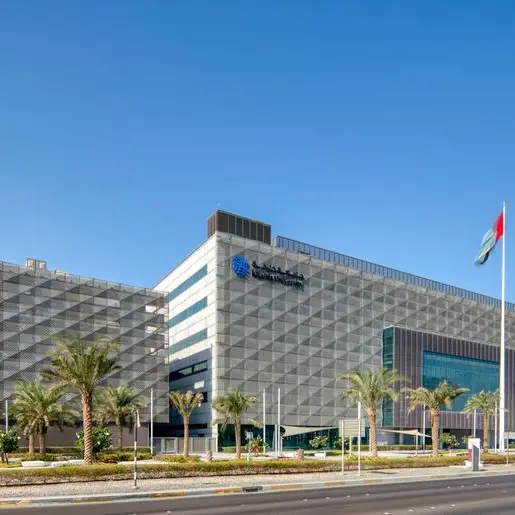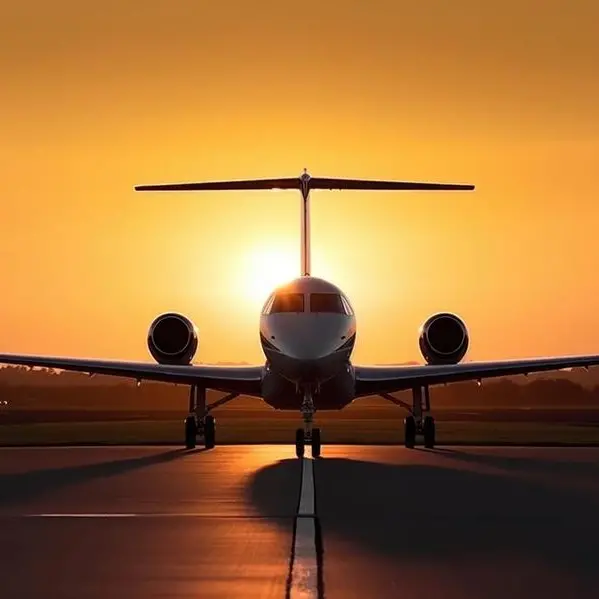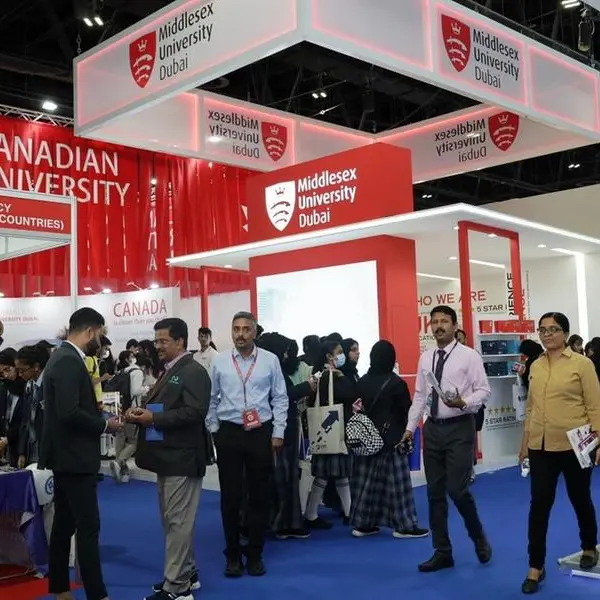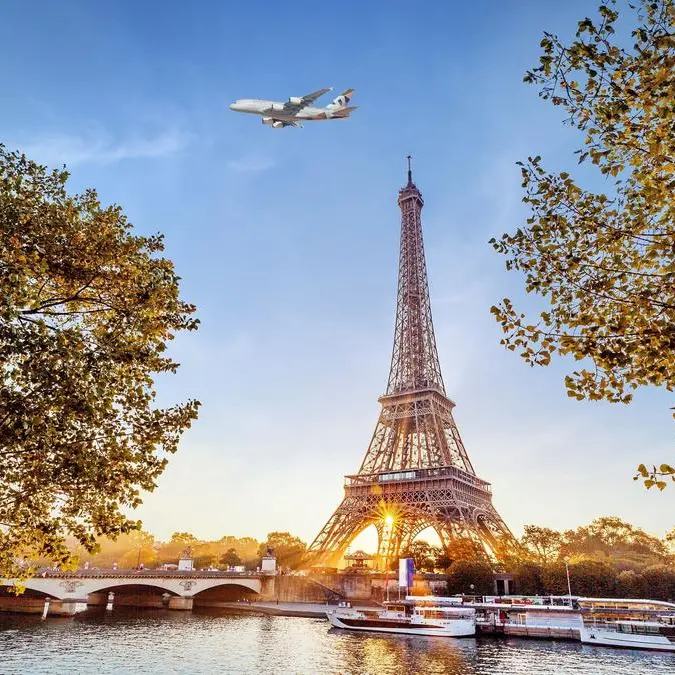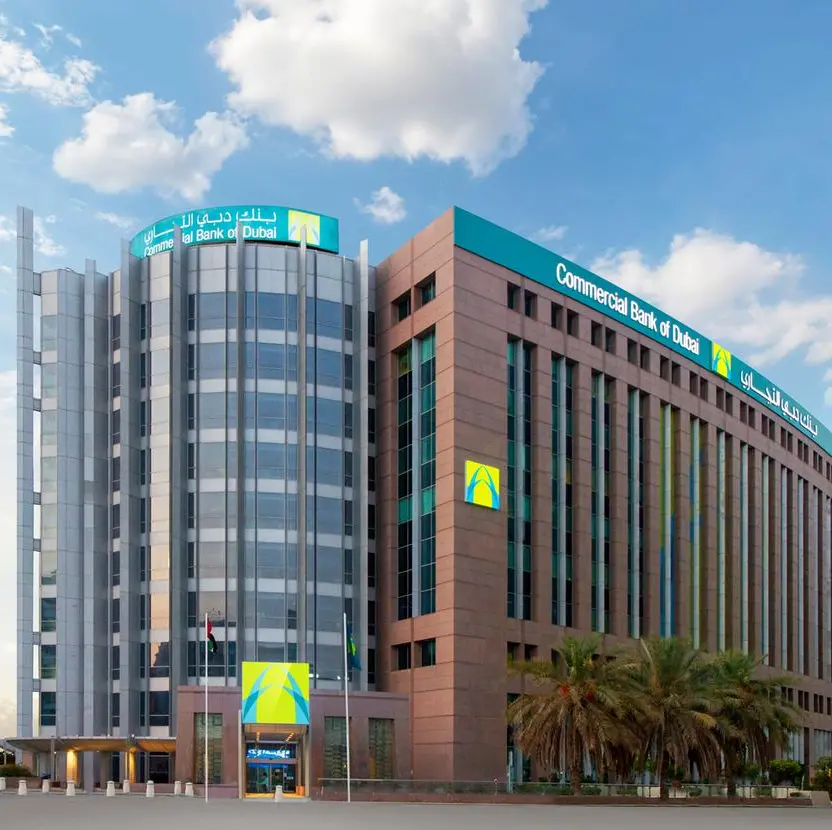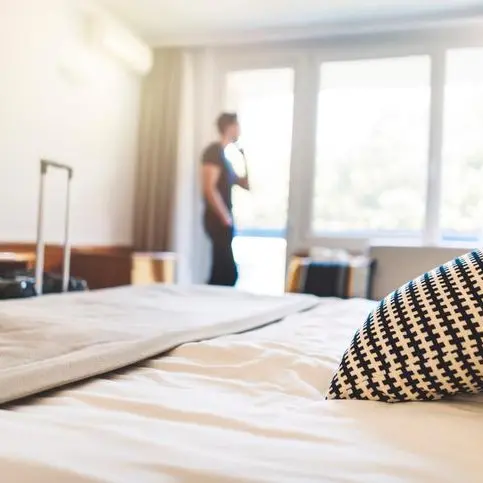RIYADH -- King Abdullah Economic City (KAEC), a state-backed business zone on the Red Sea coast near Jeddah - the developer of one of Saudi Arabia's biggest industrial city projects - said it will speed construction of infrastructure and broaden the range of industries it accommodates as part of efforts to diversify the economy beyond oil. The zone is being developed by Emaar the Economic City (EEC), a publicly listed firm.
Fahd Al Rasheed, group chief executive of both EEC and KAEC, said construction of infrastructure in the zone, including housing, commercial space, hotels and roads, would accelerate.
While 40 such projects have been developed since the government-backed zone was launched in 2005, 170 are planned for the next 10 years, he said in an interview.
Progress in some projects will depend on the rate at which the zone can attract new corporate tenants, as well as the strength of the Saudi economy.
"What used to take two years now takes two months. What took two weeks can take a day," Rasheed said.
The zone, which includes a port, had 120 industrial tenants at the end of last year after adding 23 in 2015. Tenants include French pharmaceutical maker Sanofi, a venture involving US battery maker Johnson Controls, and producers of building materials.
KAEC has a population of about 5,000 people. It is roughly doubling every year and is projected to hit 50,000 by 2020, with an ultimate target of 2 million around 2035.
Rasheed said KAEC is now planned to move beyond light industry into tourism.
KAEC also aims to develop a medical center that would attract patients from abroad, and an educational industry providing university and vocational training, he said. Both sectors were identified as priorities by Saudi economic policy makers this week.
The government has said it is willing to spend billions of dollars to jump-start growth in new areas by awarding contracts and procuring services from companies.
KAEC, when it is completed, perhaps in 2035, it will have 2 million residents, and a lot more daily workers, spread across 70 square miles. It will be bigger than Washington DC.
It will have a major port, an industrial zone and residential and leisure facilities appropriate for such a metropolis.
Economically, Rasheed sees KAEC rivaling the big trading cities of China and India; socially and culturally, it is whispered as the next Dubai in the Middle East.
"The potential of the Red Sea area is enormous and underdeveloped," he further said, reeling off statistics: the populations of the countries bordering the sea will double, to 1.3 billion by 2030, with a big rise in more affluent middle classes; regional GDP will rise five-fold to more than $6 trillion, as will the value of trade - most of it through the enlarged Suez Canal - to $4.7 trillion.
"It's the fastest-growing region in the world," Rasheed added. "Just imagine Aqaba (the Jordanian port at the northern end of the Red Se) becoming the hub for trade in the Levant and Iraq; imagine the benefits for East Africa in terms of food security, trade and commodities."
© The Saudi Gazette 2016
